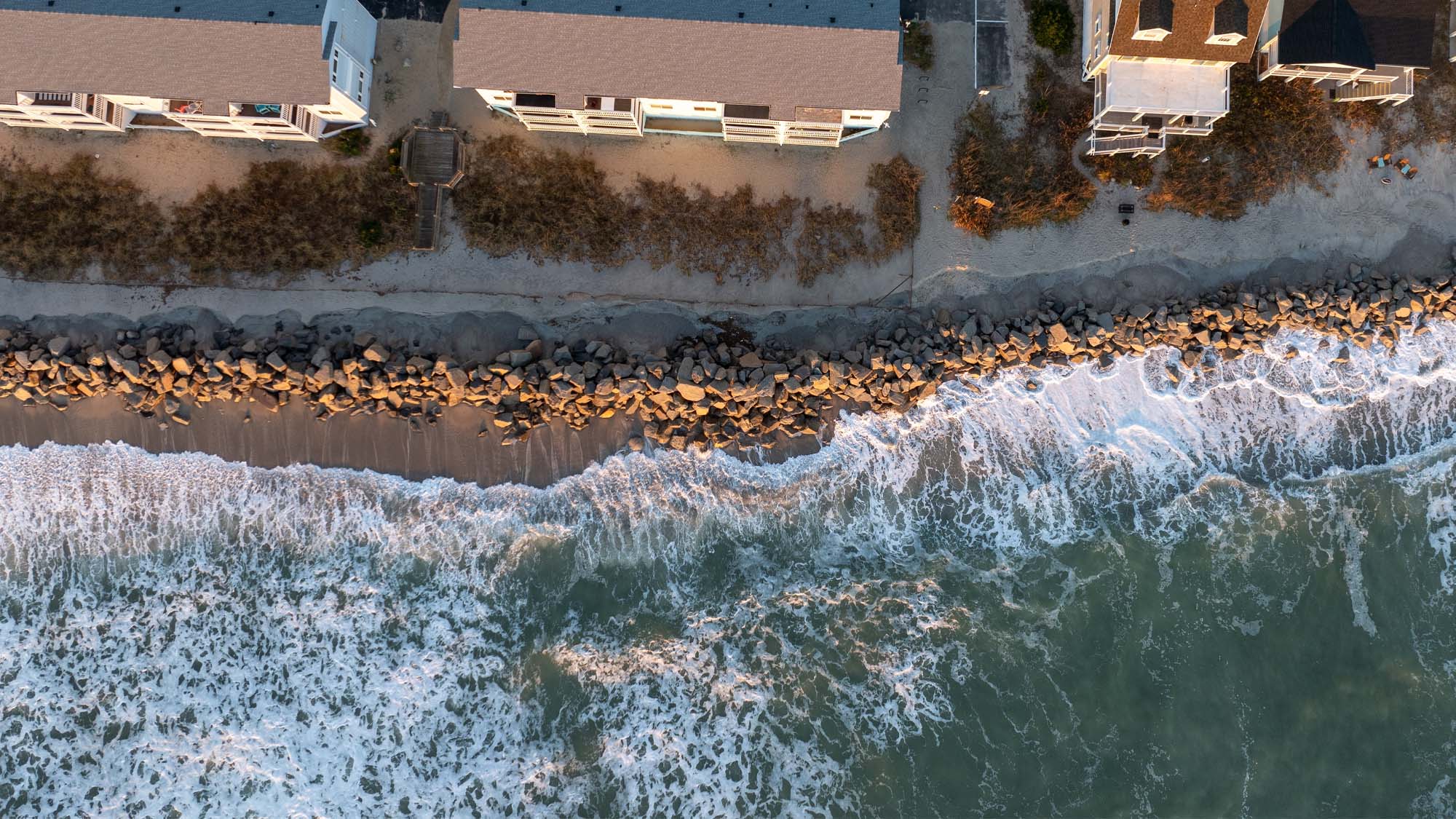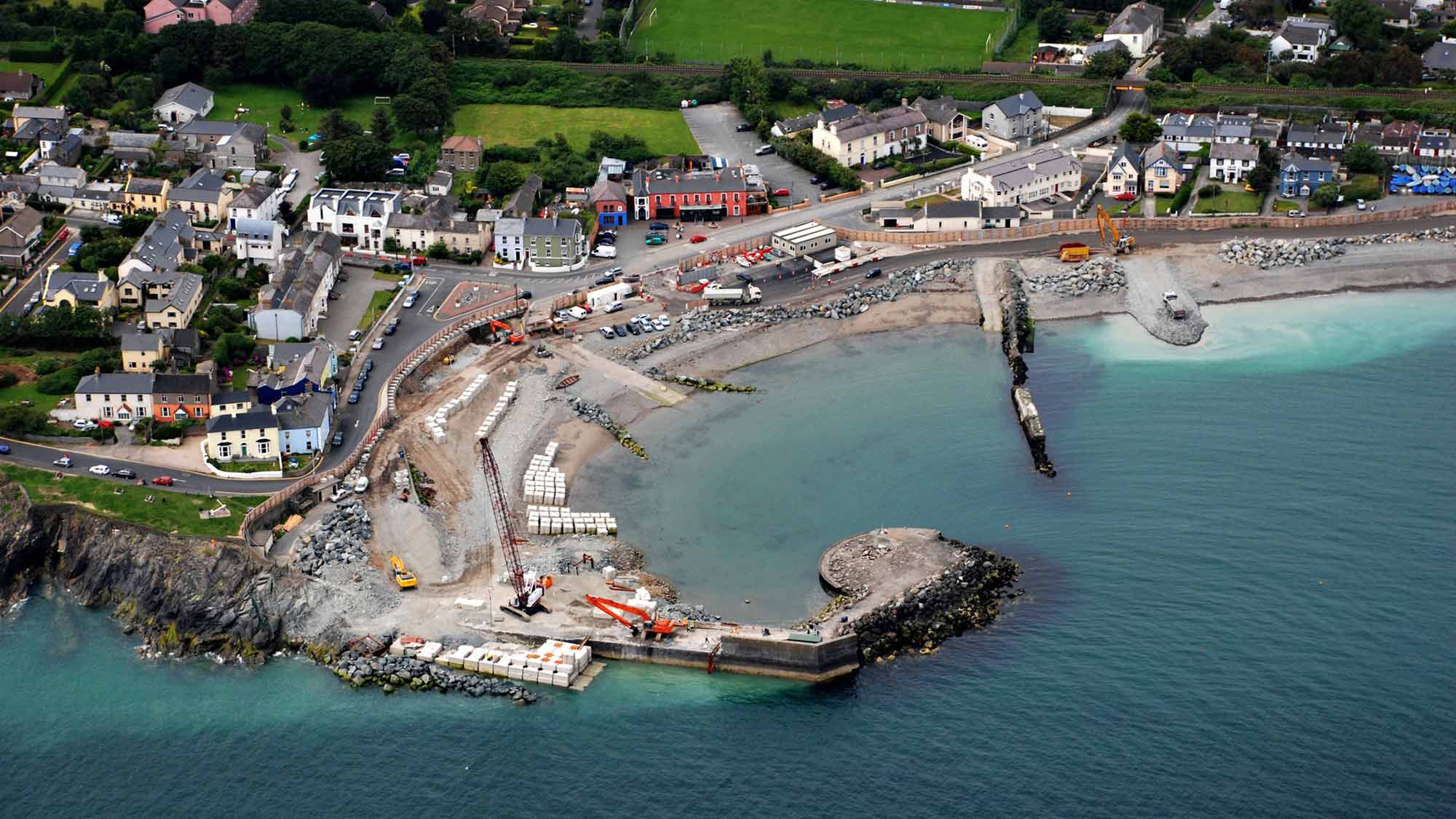Effective planning for resilient communities and assets along the coastline is more important than ever. Our coastal cities and fringes and are under the increasing pressures of a growing density of people and the built environment, as well as sea level rise and increased storm activity as a result of climate change impacts.
Coastal infrastructure needs to be resilient to powerful natural forces, while also minimising environmental damage locally and broadly through a low-carbon footprint. Arup’s strength lies in our ability to bring together the complex multidisciplinary disciplines needed to assess, plan for and design resilient and adaptive coastal protection solutions.
Our coastal engineering expertise combined with close working relationships with industry hydrodynamic modelling laboratories ensures best practice in assessing hazards and designing coastal protection measures. We have established frameworks and models for undertaking coastal risk assessments based on data-driven coastal hazards mapping and economic assessment tools to inform investment decisions.
We draw on a range of technical specialists such as marine ecologists to help our clients integrate nature-based solutions into protecting coastal assets and communities. We embed social value into coastal interventions through our urban and landscape design, and community engagement specialists.
 ;
;




